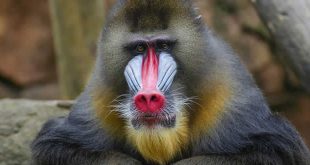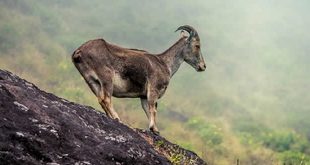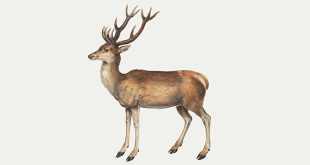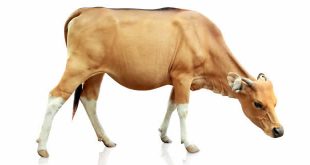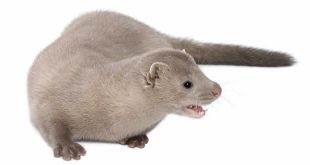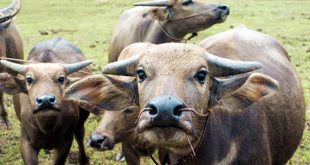 Koala — The Koala (Phascolarctos cinereus) is a thickset arboreal marsupial herbivore native to Australia, and the only extant representative of the family Phascolarctidae.
Koala — The Koala (Phascolarctos cinereus) is a thickset arboreal marsupial herbivore native to Australia, and the only extant representative of the family Phascolarctidae.
The Koala is found in coastal regions of eastern and southern Australia, from near Adelaide to the southern part of Cape York Peninsula. Populations also extend for considerable distances inland in regions with enough moisture to support suitable woodlands. The Koalas of South Australia were largely exterminated during the early part of the 20th century, but the state has since been repopulated with Victorian stock. The Koala is not found in Tasmania or Western Australia.
The Koala is broadly similar in appearance to the wombat (their closest living relatives), but has a thicker coat, much larger ears and longer limbs. The Koala has large, sharp claws to assist with climbing tree trunks. Weight varies from about 14 kg for a large southern male, to about 5 kg for a small northern female. Koala’s five fingers are arranged with opposable thumbs, providing better gripping ability. The first two fingers are positioned in apposition on the front paws, and the first three fingers for the hind paws. The Koala is one of the few mammals (other than primates) that has fingerprints. Koala fingerprints are similar to human fingerprints; even with an electron microscope, it can be quite difficult to distinguish between the two.
The Koala lives almost entirely on eucalypt leaves. This is likely to be an evolutionary adaptation that takes advantage of an otherwise unfilled ecological niche, since eucalypt leaves are low in protein, high in indigestible substances, and contain phenolic and terpene compounds that are toxic to most species. Like wombats and sloths, the Koala has a very low metabolic rate for a mammal and rests motionless for about 18 to 20 hours a day, sleeping most of that time. Koalas that are disturbed are known to be violent, their teeth and claws capable of causing considerable injury to humans; special handling requirements are as such applicable.
Handling of koalas has been a source of political contention due to these risks, which can also cause harm to the koala as well. [14]Koalas spend about three of their five active hours eating. Feeding occurs at any time of day, but usually at night. An average Koala eats 500 grams of eucalypt leaves each day, chewing them in its powerful jaws to a very fine paste before swallowing. The liver deactivates the toxic components ready for excretion, and the hind gut (especially the caecum) is greatly enlarged to extract the maximum amount of nutrient from the poor quality diet. Much of this is done through bacterial fermentation: when young are being weaned, the mother passes unusually soft faeces, called pap, which is rich in these bacteria, thus passing these essential digestive aids on to her offspring.
 Kids Portal For Parents India Kids Network
Kids Portal For Parents India Kids Network
